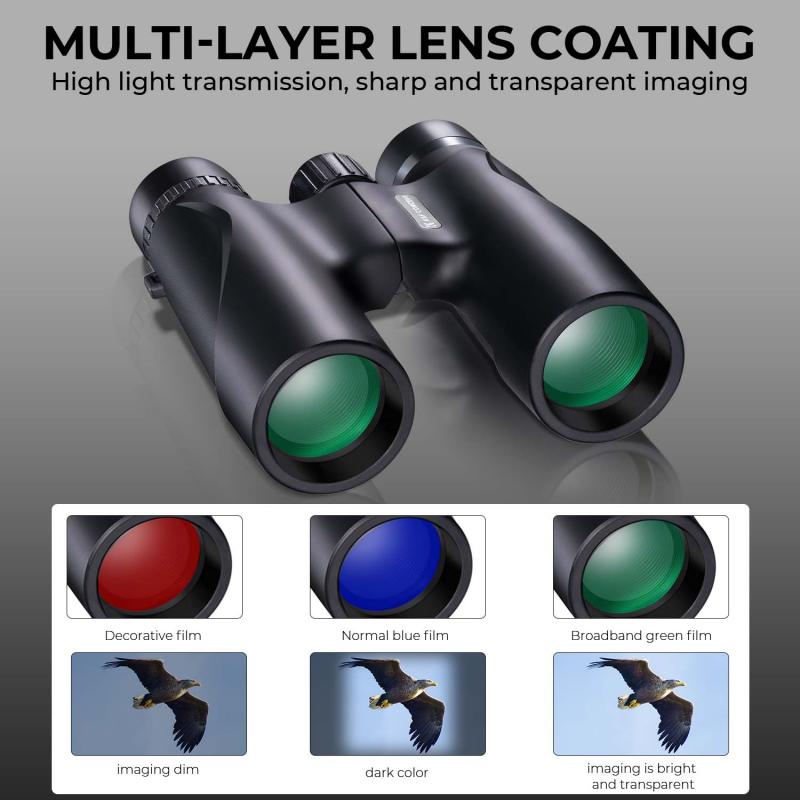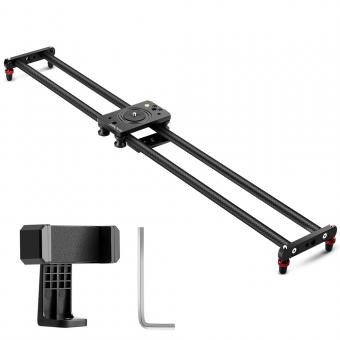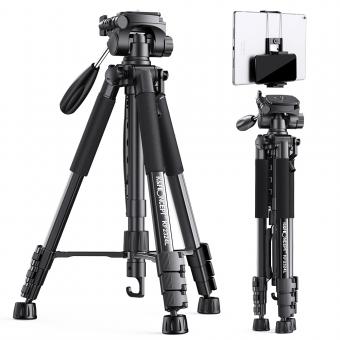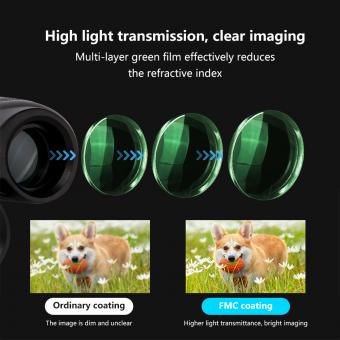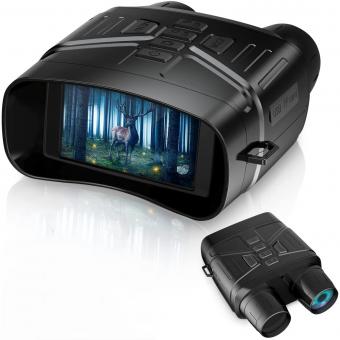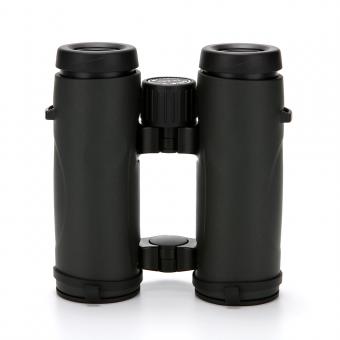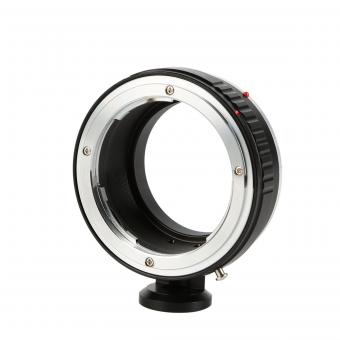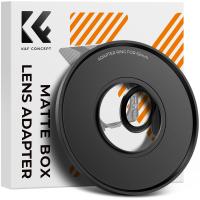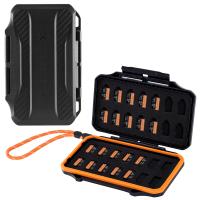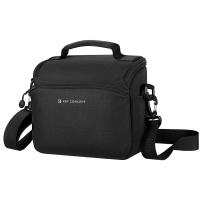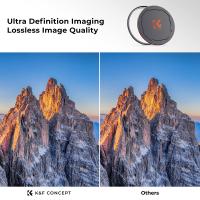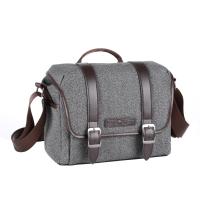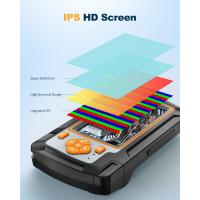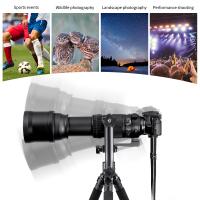What Size Binoculars For Stargazing ?
For stargazing, it is recommended to use binoculars with a larger objective lens size, typically around 50mm or larger. This allows for better light gathering capability, resulting in brighter and clearer views of celestial objects. Binoculars with a magnification of 7x to 10x are commonly used for stargazing as they provide a good balance between magnification and stability. Higher magnifications may result in a narrower field of view and increased shakiness due to hand movements. Additionally, it is advisable to choose binoculars with good optical quality and a wide field of view to enhance the stargazing experience.
1、 Aperture size for stargazing binoculars
The size of binoculars for stargazing depends on various factors, including personal preference, budget, and the specific purpose of observation. However, a common recommendation for stargazing binoculars is an aperture size of at least 50mm. The aperture size refers to the diameter of the objective lenses, which determines the amount of light that can enter the binoculars.
A larger aperture allows for more light gathering, resulting in brighter and clearer images of celestial objects. This is particularly important for stargazing, as many astronomical objects are faint and require optimal light collection to be observed effectively. Binoculars with an aperture size of 50mm or larger can provide a good balance between portability and light-gathering capability.
It is worth noting that while larger aperture sizes generally offer better performance for stargazing, they also tend to increase the weight and size of the binoculars. This can make them less portable and more challenging to hold steady for extended periods. Therefore, it is essential to consider the practicality of the binoculars based on your intended usage.
Additionally, advancements in technology have led to the development of binoculars with smaller apertures that still offer impressive stargazing capabilities. For example, some compact binoculars with 42mm or even 32mm apertures can provide excellent views of celestial objects, thanks to improved lens coatings and optical designs.
Ultimately, the choice of binoculars for stargazing depends on individual preferences and requirements. It is advisable to try out different models and aperture sizes to find the one that suits your needs and provides the best stargazing experience.

2、 Magnification power for stargazing binoculars
When it comes to stargazing, binoculars can be a great tool to enhance your viewing experience. They allow you to observe celestial objects in more detail and can be more portable and affordable than telescopes. However, choosing the right size and magnification power for stargazing binoculars can be a bit tricky.
The size of binoculars is determined by the diameter of the objective lens, which is the larger lens at the front of the binoculars. For stargazing, it is generally recommended to use binoculars with an objective lens diameter of at least 50mm. This larger size allows more light to enter the binoculars, resulting in brighter and clearer images of celestial objects.
As for magnification power, it is important to strike a balance between magnification and image stability. Higher magnification can bring celestial objects closer, but it also amplifies any hand movements, making it difficult to keep the image steady. For stargazing, a magnification power of around 7x to 10x is generally recommended. This range provides a good balance between image stability and detail.
However, it is worth noting that the latest point of view suggests that higher magnification binoculars, such as 12x or even 15x, can also be suitable for stargazing. With advancements in image stabilization technology and tripod adapters, it is now possible to achieve a stable image even at higher magnifications. These higher magnification binoculars can provide more detailed views of celestial objects, especially for experienced observers.
In conclusion, for stargazing binoculars, a size of at least 50mm for the objective lens and a magnification power of 7x to 10x are generally recommended. However, higher magnification binoculars can also be suitable, especially with the latest advancements in image stabilization technology. Ultimately, the choice depends on your personal preferences and experience level as an observer.

3、 Field of view for stargazing binoculars
"What size binoculars for stargazing?" is a common question among astronomy enthusiasts looking to enhance their stargazing experience. The ideal size of binoculars for stargazing depends on various factors, including personal preference, budget, and intended use.
When it comes to stargazing, binoculars with larger objective lenses are generally preferred. Objective lens size determines the amount of light that enters the binoculars, which directly affects the brightness and clarity of the celestial objects being observed. Binoculars with objective lenses ranging from 40mm to 70mm are commonly recommended for stargazing purposes.
A larger objective lens size also allows for a wider field of view, which is beneficial for observing large celestial objects such as star clusters and the Milky Way. A wider field of view enables a greater amount of sky to be seen at once, making it easier to locate and track objects in the night sky.
However, it is important to note that larger binoculars can be heavier and bulkier, making them less portable and potentially requiring the use of a tripod for extended viewing sessions. Additionally, larger binoculars tend to be more expensive.
In recent years, there has been a growing trend towards using smaller, more compact binoculars for stargazing. Advances in optics technology have allowed for the development of high-quality, lightweight binoculars with smaller objective lenses. These compact binoculars offer convenience and portability, making them suitable for casual stargazing or for those who prioritize ease of use.
Ultimately, the choice of binocular size for stargazing depends on individual preferences and requirements. It is recommended to try out different sizes and models before making a purchase to determine which binoculars provide the best balance between image quality, portability, and affordability.
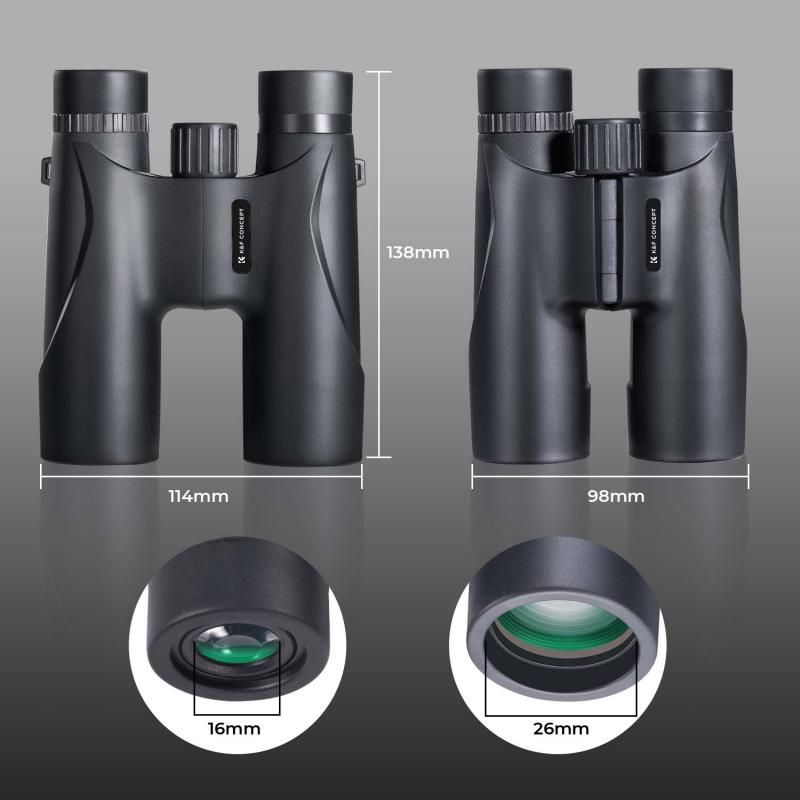
4、 Exit pupil size for stargazing binoculars
What size binoculars for stargazing? The ideal size of binoculars for stargazing depends on various factors, including personal preference and the specific observing conditions. However, there are a few key considerations to keep in mind.
One important factor is the exit pupil size. The exit pupil is the diameter of the beam of light that exits the eyepiece of the binoculars. To determine the exit pupil size, divide the objective lens diameter by the magnification. For stargazing, a larger exit pupil is generally preferred as it allows more light to enter the eye, resulting in brighter and more detailed views of celestial objects. A good rule of thumb is to aim for an exit pupil size of around 5-7mm.
Another factor to consider is the weight and portability of the binoculars. Stargazing often involves long periods of observation, so it's important to choose binoculars that are comfortable to hold and easy to carry. Compact and lightweight binoculars are generally more suitable for extended stargazing sessions.
Additionally, the magnification power of the binoculars is worth considering. Higher magnification can provide more detailed views of celestial objects, but it can also make the image shakier and more difficult to stabilize. For stargazing, a magnification of around 7x to 10x is often recommended as it strikes a good balance between image stability and detail.
It's worth noting that advancements in technology have led to the development of specialized binoculars for stargazing, such as those with image stabilization features or larger objective lenses for enhanced light gathering. These options can provide an even better stargazing experience, but they may come at a higher cost.
In conclusion, the ideal size of binoculars for stargazing depends on factors such as exit pupil size, weight, and magnification. Aim for an exit pupil size of around 5-7mm, choose a weight and size that is comfortable for extended use, and consider a magnification of 7x to 10x for a good balance between stability and detail.
